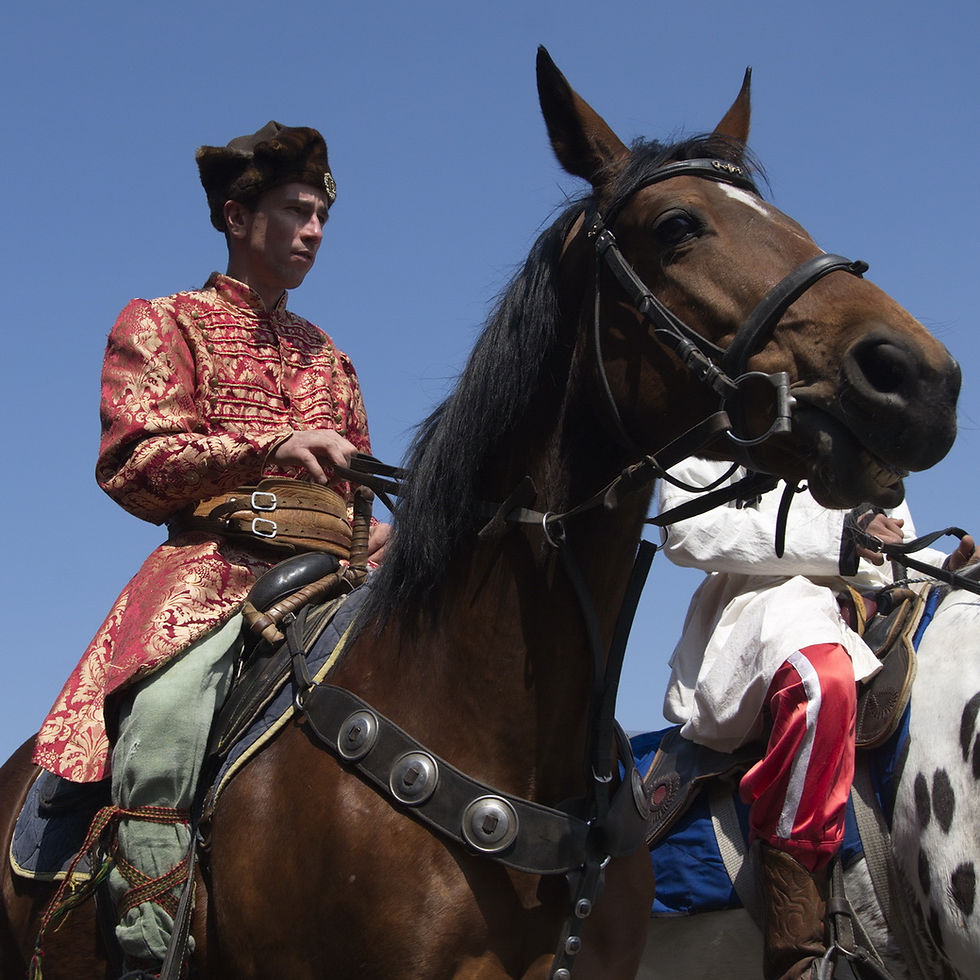Easter celebrations in Poland. Folk culture.
- MPMS MN Polish Medical Society

- Apr 2, 2021
- 2 min read
Updated: Feb 10, 2024
Author:Grzegorz Litynski
There has been a growing interest in folk culture in Poland in recent years. Groups promoting folk dances and songs have been attracting new members. There has been a surge in traditional folk dress use in Silesia over the past decade, but that region has always had a long tradition of using folk costumes. There are many variations on the basic styles depending on the area, and most smaller and bigger communities in the Opole Region and Silesia have their own unique designs. The diversity lies in the ornamentation, cut, choice of fabric, and color. The folk costumes are not used on a daily basis, but only on special occasions like traditional weddings (rare), harvest festivals (“Dożynki”), or religious holidays, like Easter. Many young people accompany their parents and grandparents and proudly display their folk dress in the public as well.

Widely popular is the custom of taking baskets to church on the Saturday before Easter for a blessing. The baskets are typically lined with a white linen or lace napkin and decorated with boxwood sprigs (bukszpan) or fresh spring flowers and contain a sampling of Easter foods: pisanki (painted hard-boiled eggs), a piece of sausage or ham, salt and pepper, bread, horseradish, a piece of cake, and an Easter Lamb (made of butter, sugar, straw or plastic.) The blessed eggs are then shared at Easter breakfast while wishing each other all the best for the year ahead with the phrase. Wesołego Alleluja (Joyful Hallelujah)!

Another tradition is the horse carriage parade in southern Silesia.

Another tradition is the horse carriage parade in southern Silesia.
The pictures were taken between 2014 and 2021. All photographs by Grzegorz Litynski.






Comments